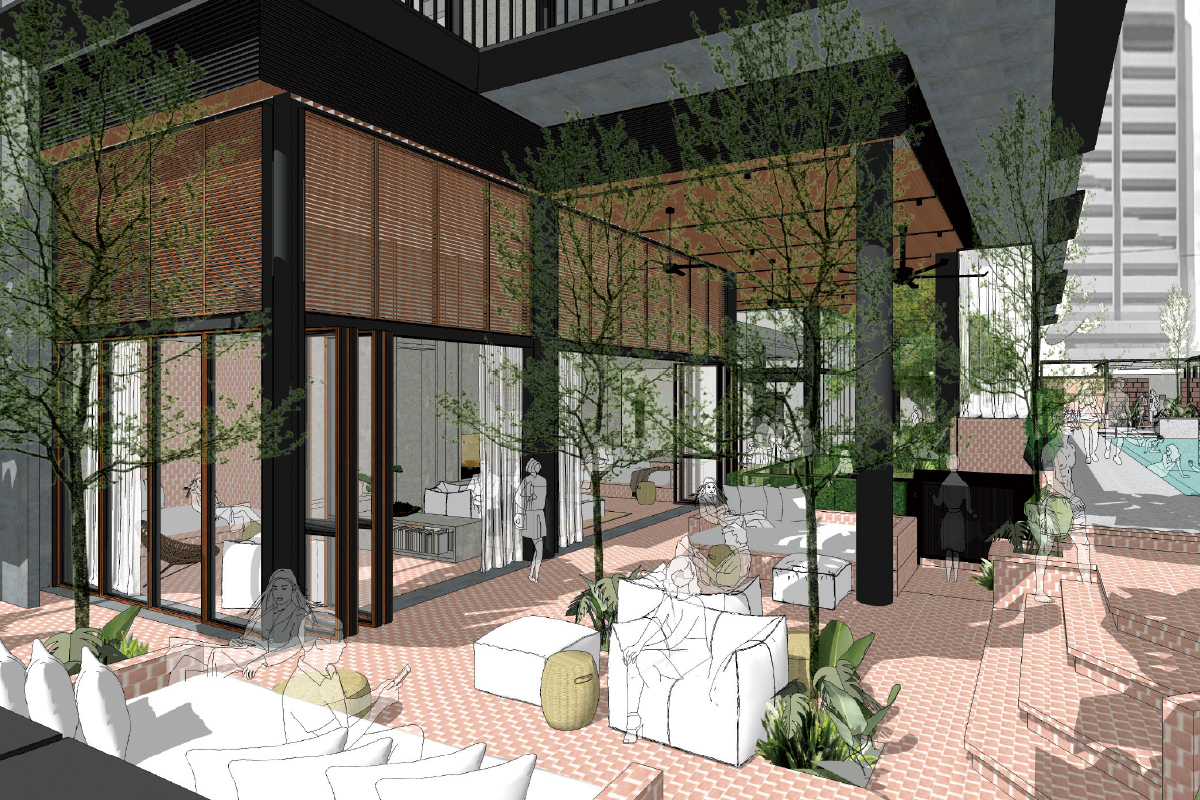
This article first appeared in City & Country, The Edge Malaysia Weekly on February 8, 2021 - February 14, 2021
Studio Bikin in Kuala Lumpur was founded by Farah Azizan and Adela Askandar in 2012 to provide services such as spatial planning, architectural design, interior design, landscape, furniture and product design, place branding as well as styling.
“The word ‘bikin’ means ‘make’, because we emphasise the idea of crafting instead of seeing it as a business. This perspective makes our approach more holistic, as we see architecture as a process rather than a building only.
“It is also a term that contractors are using, so we thought it would be a nice name for our firm,” says director Adela.
“We are doers because we enjoy executing our projects as much as designing them … We look into the climatic conditions, the client’s needs, the materials and how we then put the building together as a part of our working process.”
The company has worked on projects such as the interior fit-out for Ben’s Independent Grocers and Jatomi Fitness Club, as well as alterations and additions for Sekeping Kong Heng guesthouse and The Row. Ongoing projects include a boutique hotel on Jalan Tun H S Lee, Kuala Lumpur, as well as an integrated retail park at Silverlakes @ Kinta Valley, Perak.
There is also Kedai Bikin in the same block as Studio Bikin office on Jalan Abdullah. It offers a line of Malaysian-crafted furniture and home accessories designed by Studio Bikin, as well as pieces by other Asean designers. It started as a pop-up stall at Publika in 2012 and the shop was set up in 2016.
For Studio Bikin, says Adela, style is temporary, as it is like cosmetics and accessories to the buildings. Its interest is in the foundation of a building.
She explains: “The foundation is basically like your body … You have your bone structure and flesh, and then the clothes are the cosmetics. We believe that cosmetics are also important, as it is what people can see at the end. If you don’t have a good foundation, however, you won’t look nice even with the make-up on because your skin condition is not good.”
Farah agrees, noting that, as the body responds to what it lives on, so the house responds to its location, the surroundings, the environment, its structure and the needs of the client.
She says: “When you have good bones, you can do a lot more things … By good bones, we mean that, when we approach a project, the layout is very important. Other aspects, such as the materiality, will then come into consideration along the way. The process with a client takes time until we are both on the same page.
“Good bones are something that is sustainable in the long run and good designs are pleasant to the eyes, speak to the environment in a positive way, give you a sense of well-being and function well.”
A challenge for the local design industry is that many people fail to see the value of design. Farah notes that, as many clients are willing to pay only the minimum fees, the design of many local buildings are standard.
“It creates a reduced commitment by the architects to design [so that] the project is financially viable. It is not because the architects do not have talent, but clients do not value good design. So, you will have mediocre products in the environment,” she says.
“Also, the built industry is one of the biggest contributors to the pollution of the environment. It is important for the stakeholders to address the issue of climate change by building more intelligently. It is not just about the profit but also some kind of consciousness about the environment, climate change and rising temperatures. The pandemic is the reset button for the industry to stop and think about what is really important.”
In many buildings, Adela says, the environmental consideration is done to obtain green certification, and many of these buildings are called “green buildings” because of green features and devices, rather than the passive design elements.
She adds that developers need to understand that there are no free design ideas because the critical thinking process to come up with solutions for a building requires time, hence money.
“Passive design elements can go a long way because they are easily maintained and not mechanical. They are integral to the building’s foundation and environment, and they are thought through from the conceptualisation of the building.
“Of course, we also need to understand how the people are going to use this building that you are designing … These are major and fundamental considerations that you need to have from the beginning; they are not an afterthought. If you invest in a good design, you are going to get a building that will serve you in the longer term, helping to save operational costs in years to come.”
Save by subscribing to us for your print and/or digital copy.
P/S: The Edge is also available on Apple's AppStore and Androids' Google Play.



